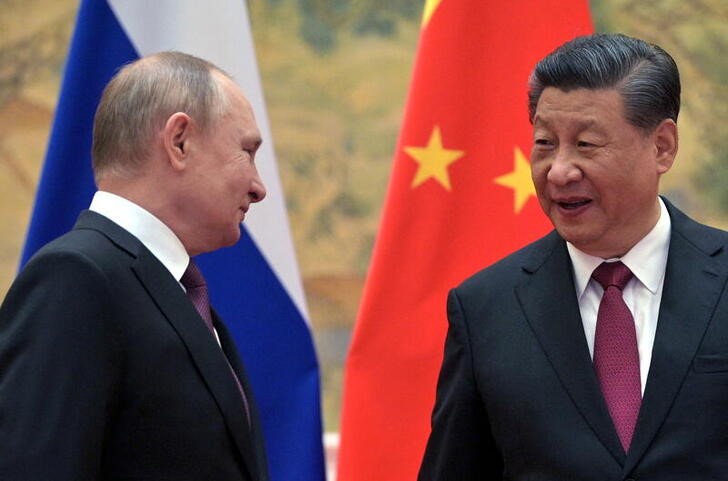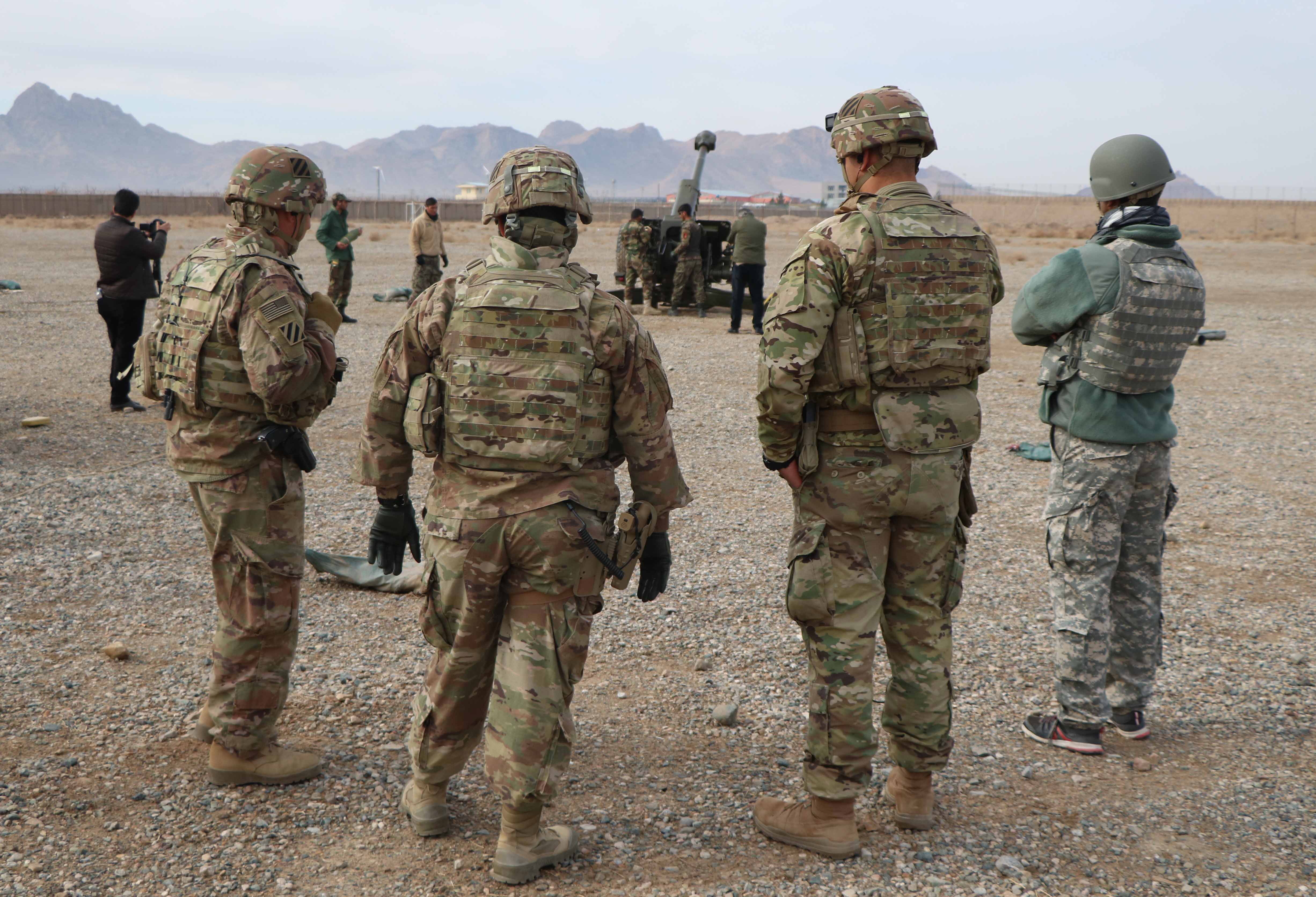
What is happening in Ukraine has larger geopolitical and economic implications than meets the eye, and that is, in a way, the invasion is an indication of the loss of US global influence against the rising powers of China and Russia.
The actions by Russia and the Asian giant demonstrate their clear intentions not to continue allowing the predominance of Western interests to mark the course of the world, and consequently, that of their ambitions.
The dissuasion of the enemy is a strategy that all parties have been using, sowing a panorama of uncertainty in the international system. The war in Ukraine severely damaged the image of the United States as the avenger of the world and questioned its ability to protect and impose its interests on the rest of the non-allied countries, as it had been doing.
There are several nations that depend on the United States for security and need its influence and resources to keep their historical enemies at bay. South Korea is one case and Taiwan is the other. This leads me to reflect on the reason – perhaps a little hidden – for Nancy Pelosi’s visit to both countries, and of the need for the United States to transmit confidence and tranquility to its allied and friendly nations.
China strongly rejected Pelosi’s visit and urged the United States to take responsibility for its actions. Written verbatim: “The United States must bear the responsibility and must pay the price for undermining the security interests of Chinese sovereignty.”
With this, China claims that the United States is not respecting the One China policy that states that there is only one Chinese government and insists that Taiwan is an inalienable part that will be reunited one day. For its part, the US does not endorse or support Beijing’s position and over the years has maintained an unofficial relationship with Taiwan that includes continued arms sales.
As far as China is concerned – and in part this is what differentiates it from Russia – it is that, in military matters, the transformation of the People’s Liberation Army (PLA) in recent decades has been immense and indisputable, reaching a point of technological advancement and resources comparable to the US military force in some areas, for example, the maritime.
For this reason, everything would indicate that, in the face of an obvious clash of interests between China and the US, both countries could escalate in a risky conflict in the near future, even by accident. For China, Taiwan is a strategic area and it establishes an opportunity to position itself in a position of dominance, stating on numerous occasions that if necessary it will defend it “with force”. His intentions are evident with the beginning of the maritime and air blockade of Taiwan in the framework of Pelosi’s visit.
China breaks a tacit agreement
Beijing’s retaliation on its first day of an unprecedented military exercise consisted of firing dozens of ballistic missiles directly at Taiwan, sending warplanes and ships through the median line dividing the strait, employing surveillance drones and the deployment of a nuclear submarine and an aircraft carrier. Said exercise, which will continue until Sunday, recreates a military blockade.
While the US does not recognize Taiwan as a sovereign state – and does recognize the principle of OneChina– opposes the takeover of the island by force, mainly because it intends to prevent China from continuing to add areas of influence that allow it to extend its power in the western Pacific, as it has been aspiring to with the chain of islands that it has militarized in the South China Sea. The increase of Chinese influence in this area means the detriment of American influence.

a bad read
Russia topped the list of threats to US interests for many years, but since China began its plan to modernize and grow its military force, it has managed to displace Russia to second place.
For decades, the main objective of deterrence was Russia and the need to avoid a direct military confrontation that had Europe as the theater of conflict. But the collapse of the Soviet Union and the American effort to expand the NATO alliance across Europe, including into many post-Soviet states, greatly reduced the threat of a conventional invasion of Western Europe. which allowed the US to focus on China and its influence in Asia.
However, despite China becoming the biggest concern, Russia never ceased to feature as an opponent. And earlier this year, the invasion of Ukraine marked the beginning of a new symbolic cold war scenario between historically opposed powers.
The diplomatic route failed and the attempts to dissuade Russia from its claims – legitimate in terms of security – were not enough. On the other hand, tensions between China and the US have intensified over the years, and it is a situation that seriously worries the highest echelons of US politics.
China has stated its intention to reunify Taiwan, saying it will use force to invade the island if necessary. He has also publicly stated that he is not afraid to use force to impose his will on other areas that he considers by nature to be of his own influence.
a military power
China’s strategy in the disputed South Sea is another clear example of its growth and projection as a power. The Asian giant has been executing a land recovery infrastructure program – a total of seven islands – with the purpose of exploiting them for their strategic and economic value.
Its sovereignty extension project in the South China Sea will allow China to exercise dominance in reclaimed land that remained submerged, and which has great commercial value for international maritime trade.
The islands are in a process of militarization – which China denies – which has been openly criticized by the United States and the international community, but which has in no way affected their progress.
In its project of land recovery and exercise of sovereignty, China has started the modernization of its naval forceswhere it has updated its oldest ships equipped with more advanced weapons, in addition to having developed its new aircraft carrier and the incorporation of a new fleet of fighter planes for its Navy.
But the struggle for power does not end there. China has also been accused of carrying out cyber attacks whose objective has been the theft of US military technology for the subsequent manufacture of weapons for national industry, thus skipping the long and tedious R&D phase.
Due to this challenging scenario, The US has initiated a deterrence policy that involves the use of force deployment in key areas– as routine, but annoying for China -, the use of propaganda and the constant denunciation of Chinese actions and the promise to act accordingly.
Perhaps Pelosi’s visit – let us remember that she is the second in line to the presidency – was a provocative act intended to send a message of rebellion against repeated Chinese warnings of Pelosi’s arrival in Taiwan.
The superpowers of the 21st century are immersed in their game of tug of war. For its part, there are several dispute scenarios that mark a new cycle of tensions between Russia and the US, added to the already consummated war in Ukraine. Taiwan, on the other hand, is the other likely scenario of conflict between the US and China, and which could be the spark that fuels another fire and marks the beginning of a new conflict with a high risk of becoming one on a global scale.
Conflicts have the facility to escalate quickly if the wills of the parties do not reach an agreement on time. We have already seen what happens when diplomacy and politics fail.
Regarding the Chinese position, it has been urging the US to take a clearer position, since the policy of strategic ambiguity that the US has been applying with respect to the situation in Taiwan does not allow anticipate what the actions of the United States would be if China decided to invade the island.
KEEP READING
